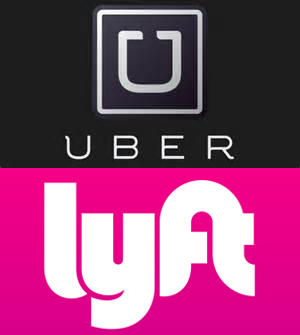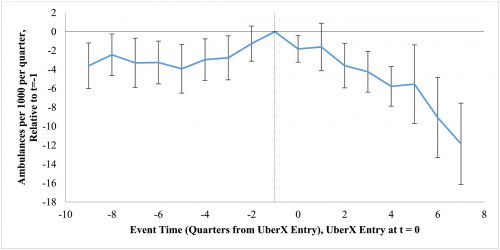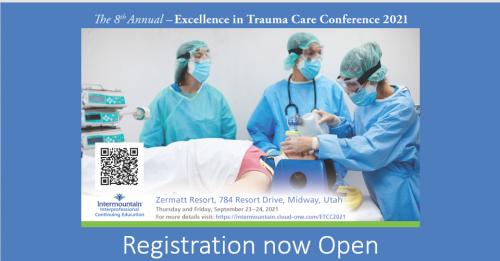In this day and age of ride sharing apps like Uber and Lyft, it is possible to get a cheap ride virtually anywhere there is car service and a smart phone. And of course, some people have used these services for transportation to the hospital in lieu of an ambulance ride. What might the impact be of ride services on patient transport, for both patient and EMS?

Ambulance rides are expensive. Depending on region, they may range from $500-$5000. And although insurance may reduce the out of pocket cost, it can still be expensive. So what are the pros vs the cons of using Uber or Lyft for medical transport?
Pros:
- Ride shares are inexpensive compared to an ambulance ride
- They may arrive more quickly because they tend to circulate around an area, as opposed to using a fixed base
- Riders may select their preferred hospital without being overridden by EMS (although it may be an incorrect choice)
- May reduce EMS usage for low acuity patients
Cons:
- No professional medical care available during the ride
- May end up being slower due to lack of lights and siren
- Damage fees of $250+ for messing up the car
A very interesting paper suggests that ambulance service calls decreased by 7% after the introduction of UberX rides. The authors mapped out areas where UberX rides were launching, and examined emergency response data in these areas. They used a complex algorithm to examine trends over time in over 700 cities in the US, and used several techniques to try to account for other factors. Here is a chart of the very fascinating results:

Bottom line: Uber and Lyft are just another version of the “arrival by private vehicle” paradigm. Use of these services relies on the customer/patient having very good judgment and insight into their medical conditions and care needs. And from personal experience, this is not always the case. I would not encourage the general public to use these services for medical transport, and neither do the companies themselves!
Reference: Did UberX Reduce Ambulance Volume? Health Econ 28(7)L817-829, 2019.



